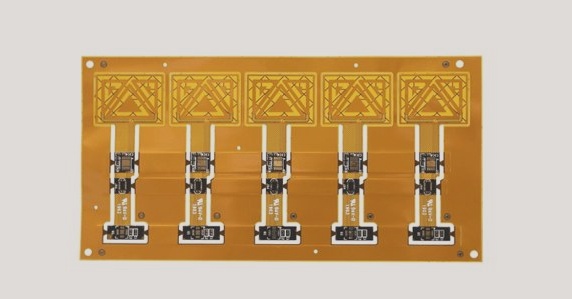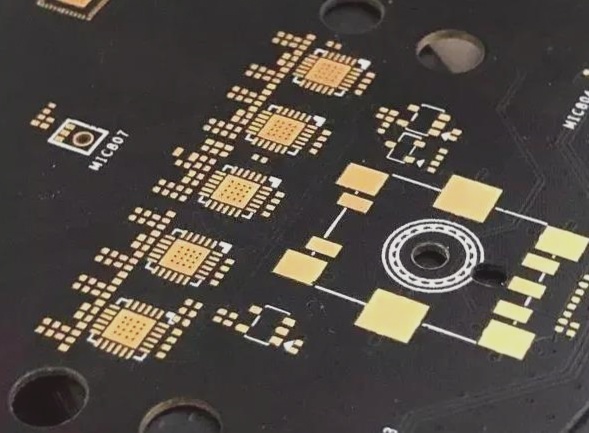PCB Design Challenges and Solutions
Signal Integrity Analysis in High-Speed PCB Design
As a PCB expert, you understand the complexities involved in designing PCB boards. Issues like skin effect, dielectric loss, vias, connectors, differential signaling, cabling considerations, power distribution, and EMI control are common challenges. To tackle these problems, the use of PCB design tools is crucial.

Signal integrity is a key aspect of high-speed PCB design, focusing on the quality of signal transmission along the signal line. Issues such as reflection, oscillation, timing, ground bounce, and crosstalk can impact signal integrity. In gigabit equipment PCB design, engineers must carefully consider components, transmission line interconnections, power distribution, and EMC aspects to ensure good signal integrity.
Key Considerations in Signal Integrity Analysis:
- High-Speed Devices and Device Models: Simulation analysis tools are essential for analyzing design constraints and optimizing component selection, topology, and matching schemes to ensure signal integrity. The role of device models, such as IBIS and Spice models, is crucial in signal integrity analysis.
- Loss Effect: As signal frequencies increase, the attenuation on the transmission line becomes significant. Lossy transmission line models are necessary to analyze the effects of attenuation.
- Effects of Vias and Connectors: Vias and connectors play a critical role in signal transmission and can impact signal integrity. Proper design and placement are essential to minimize signal degradation.
With the advancement in communication and computer technology, high-speed PCB design has entered the gigabit realm, enabling long-distance transmission on backplanes and single boards. Signal integrity issues, power integrity, and electromagnetic compatibility problems have become more prominent with these developments.
EDA tools for high-speed PCB design have evolved to aid designers in setting rules early in the design process, preventing errors and ensuring signal integrity. As data rates increase and designs become more complex, high-speed PCB system analysis tools, including timing analysis, signal integrity analysis, and EMC design, are indispensable.
The Importance of Vias in High-Speed PCB Design
The vias play a crucial role in transmitting signals across the PCB. In gigabit system design, a via model consisting of series resistance R, inductance L, and parallel capacitor C is essential to consider the effects of vias on signal integrity.
High-Speed Connector Technology Advancements
When designing gigabit system PCBs, it is vital to account for the influence of connectors. The continuous development of high-speed connector technology ensures impedance and ground plane continuity, enhancing signal transmission reliability.
Differential Signaling for Improved Performance
Differential signaling offers strong anti-interference capabilities and high transmission rates, making it ideal for gigabit signal transmission. By following specific routing rules based on impedance continuity, loss, crosstalk, and trace length differences, the effects of differential signaling can be optimized.
Power Distribution Challenges in High-Speed Systems
With increasing data transfer rates and faster edge rates, maintaining power supply stability becomes crucial. High-speed systems may require low impedance in the power distribution network to handle transient currents and minimize power supply ripple, ensuring stable operation.
Understanding Electromagnetic Compatibility (EMC)
EMC, or Electromagnetic Compatibility, is essential to prevent excessive electromagnetic radiation and susceptibility to interference. By employing EMC simulation tools and adhering to design rules that control EMC at every stage, PCB designs can achieve optimal performance and reliability.


